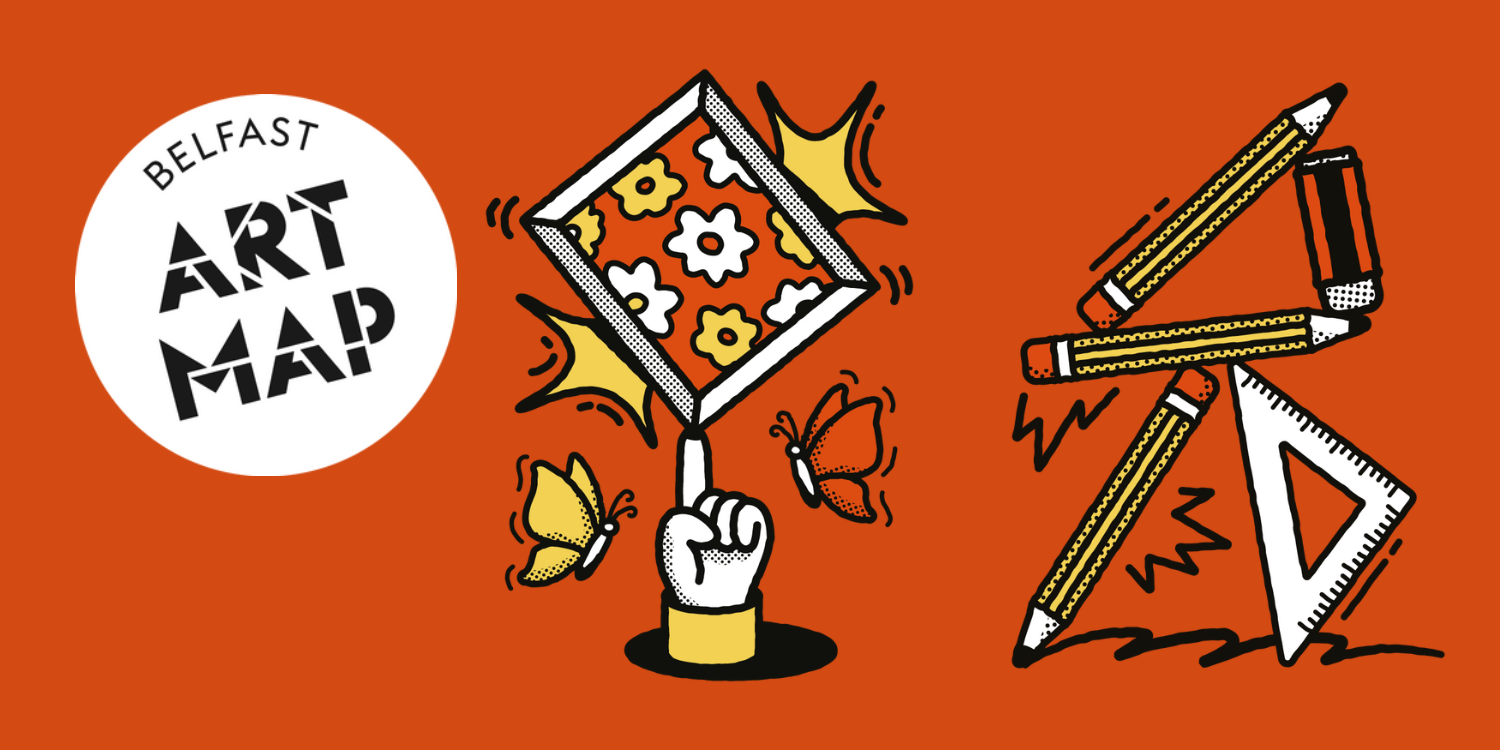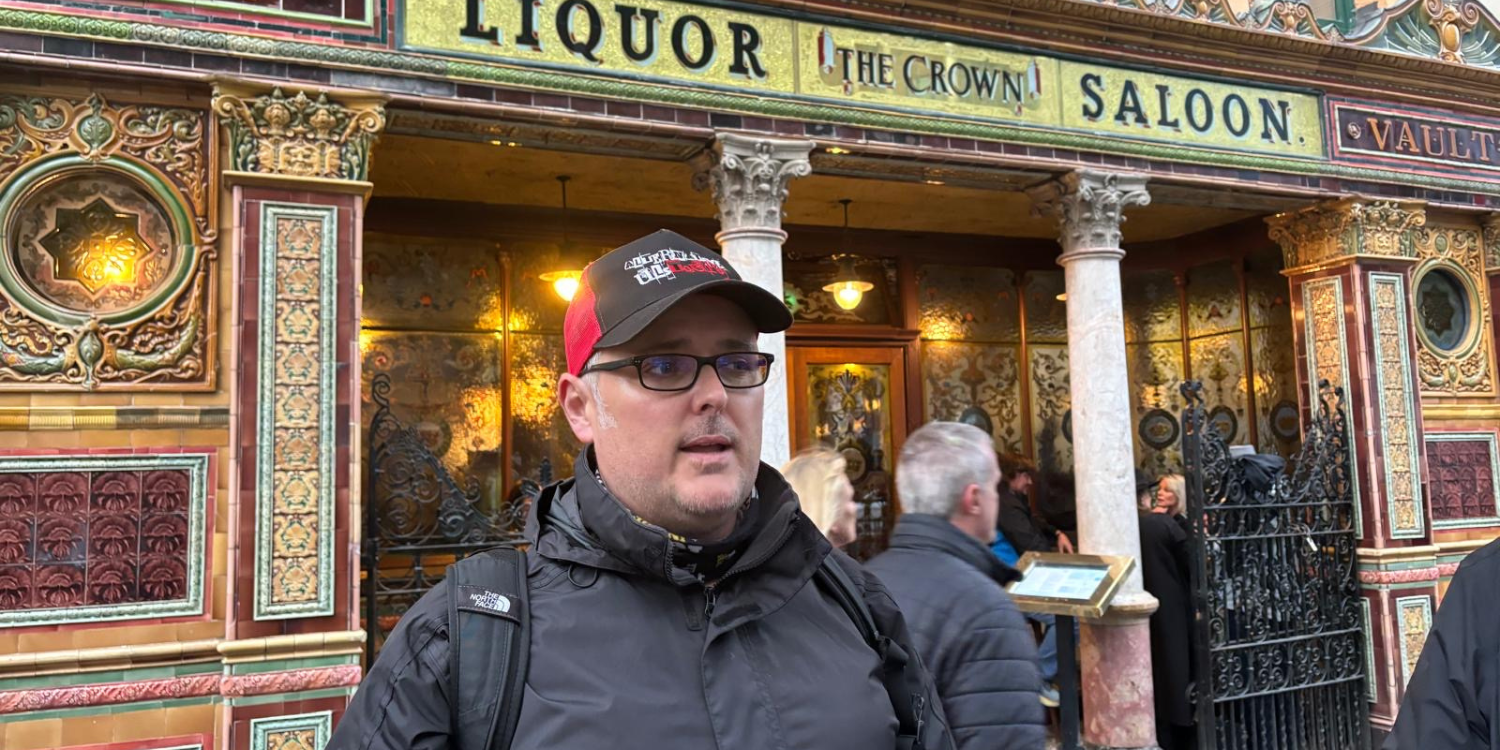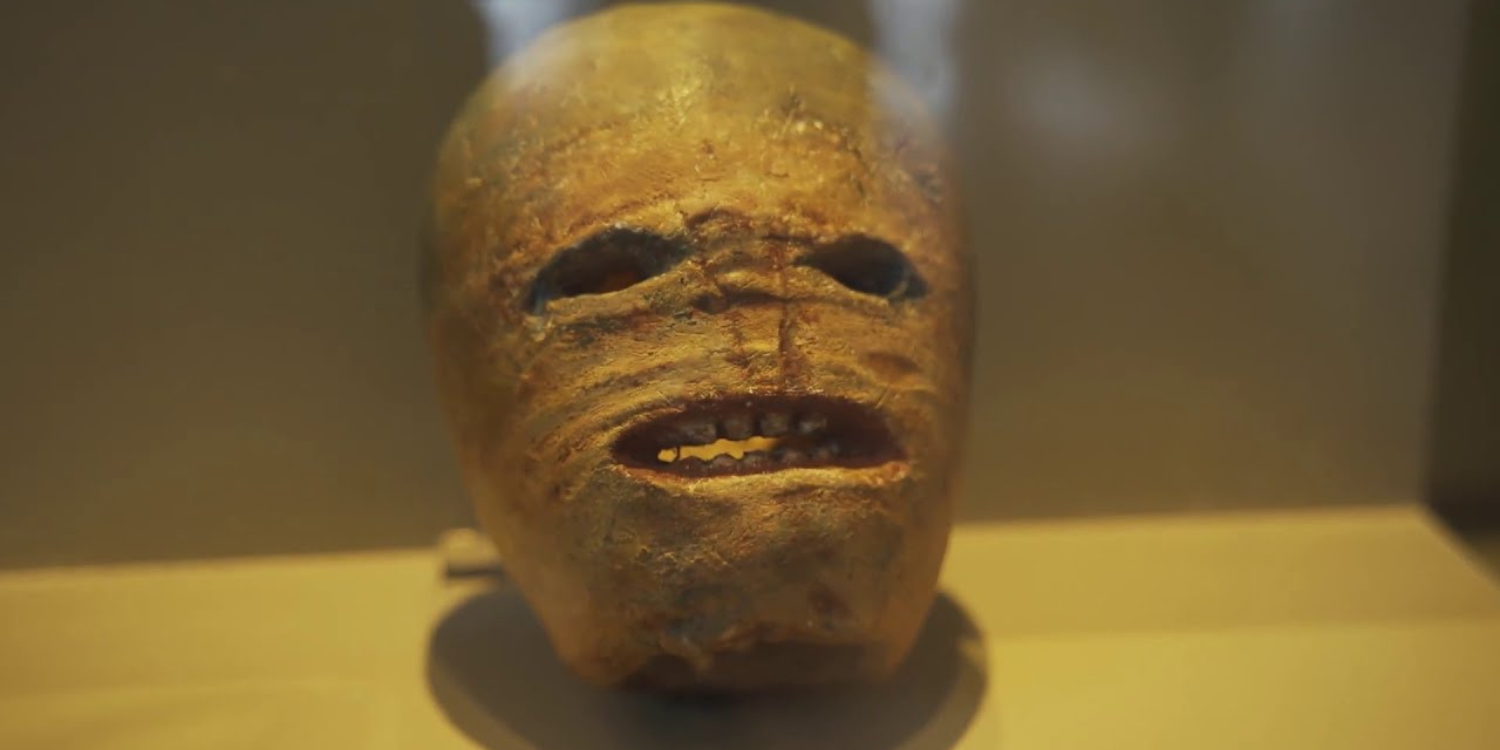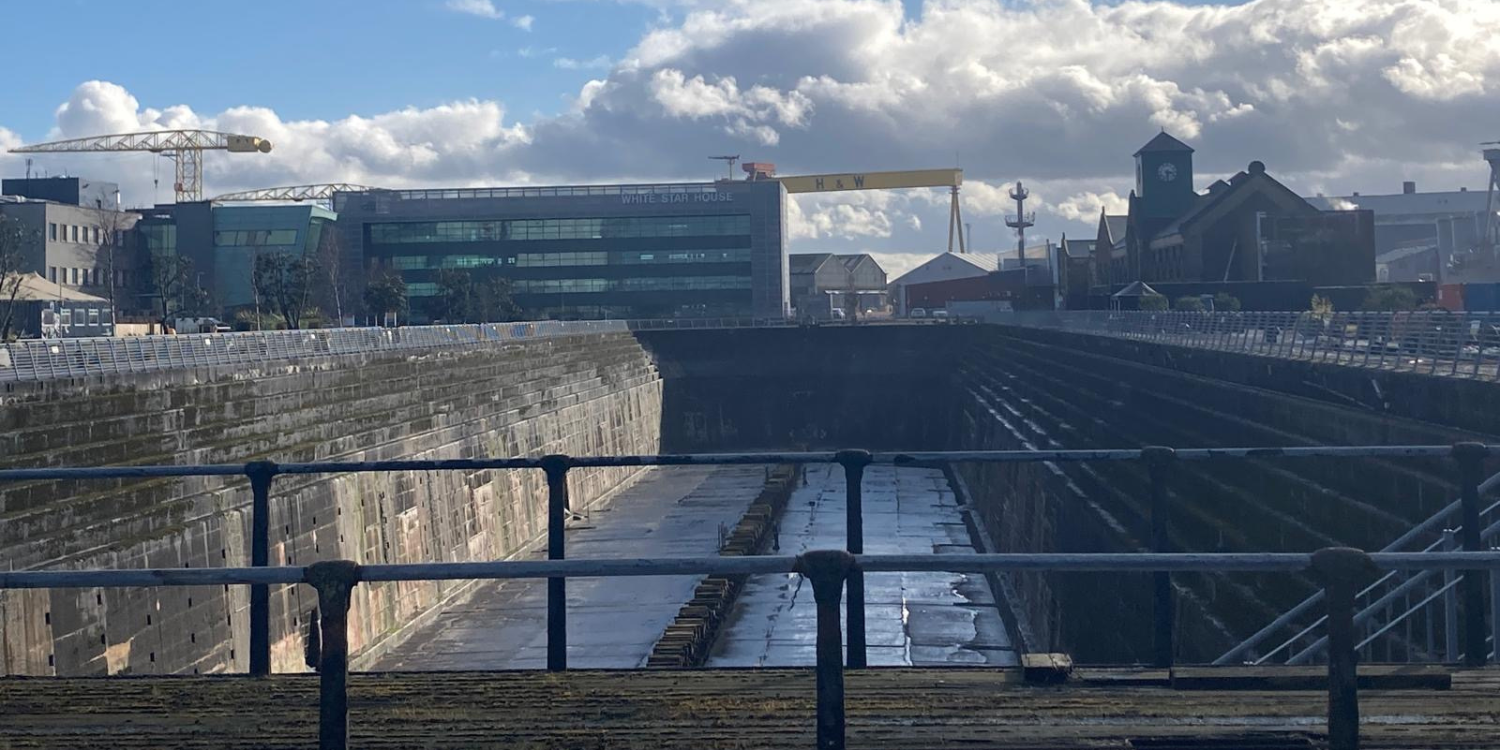This year marks the fiftieth anniversary of the Ulster Workers Strike, which I wrote about a few months ago. Now the Ulster Museum has launched a new oral history project about the strike on its website, as part of its ‘Troubles and Beyond’ programme.
‘Voices of ’74’ is a collaboration between National Museums NI and Nottingham Trent University which presents memories, experiences and perspectives from a wide range of contributors, about the Sunningdale Agreement and Ulster Workers Council Strike of 1974.
The project takes a deep dive into the background and run up to the strike, taking in a a range of perspectives from across the social and political spectrum.
More than 30 people contributed to the project, sharing their reflections on 1974 from the perspective of their lives both then and now. They include people who were, at that time, an author and television reporter, a teenage loyalist political prisoner, a civil rights activist and QUB Students’ Union President, a nurse and civil rights activist, and an internee and Sinn Féin activist. Together, their stories provide a glimpse into life during a pivotal year in Northern Ireland’s history.
The ‘Voices of ’74’ oral history project builds on an earlier project – ‘Voices of ’68’ – which focused on the civil rights movement and the events of 1968, widely viewed as a turning point in Northern Ireland’s history.
As William Blair, Director of Collections at National Museums NI, explains:
“We have a shared history, but we don’t have a shared memory. The events of 1974 are acknowledged as another defining moment in Northern Ireland’s history, but are often perceived as belonging to one side of the political divide. For this project our goal was to harness the power of oral history and bring diverse voices and perspectives together to show how this period of time affected the people and communities within Northern Ireland, and beyond, in different ways.
“Our museums offer the opportunity for dialogue and promoting shared understanding and can make a positive contribution to peacebuilding. We are actively harnessing our collections to encourage discussion and debate, challenge perceptions and stereotypes and build greater empathy and understanding across all communities. We all have the truth of our own lived experience, and that has to be respected.”
Voices of ‘74 is a significant part of the new online exhibition ‘Troubles and Beyond’ which is now available on the Ulster Museum’s website. It allows you to explore the collections and deeper layers of content associated with this period in our history, offering a comprehensive look at the decades spanning conflict to peace.
Along with the video interviews, the ‘Voices of ’74’ project includes a digital collection of objects that reflect the tensions of the time. These include a Unionist campaign poster proclaiming, ‘Dublin is just a Sunningdale away’ and a Republican poster stating that 1974 would be the ‘Year of Liberty’.
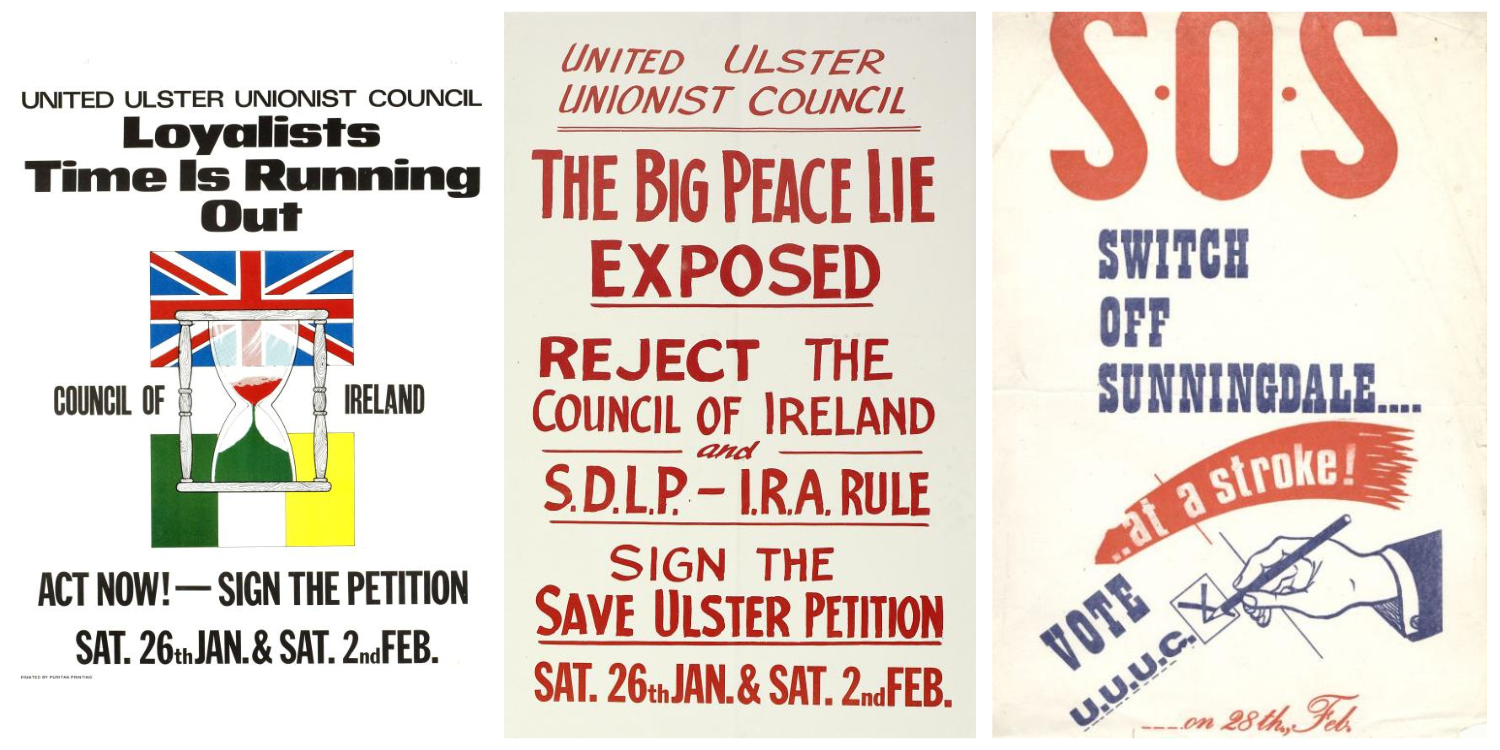
A selection of posters from the Ulster Museum Voices of ’74 collection
The collection also features a British Army communication from that year warning of the danger of booby-trapped cars, as well as a ‘Sponger’s Badge’ which some Unionists wore in response to former Prime Minister, Harold Wilson, referring to them as spongers. The wider impact of the conflict on society is also illustrated through evocative photographs and archive film, drawn from a range of sources.
Professor Chris Reynolds, Professor of Contemporary European History and Memories Studies at NTU’s School of Arts and Humanities, explained how the project will help connect young people to the past:
“While Voices of ‘74 will undoubtedly become a useful resource for researchers and academics, our target audience goes far beyond that. One of our main goals with this project is to engage young people. We’re confident that they’ll be valuable for bringing this period of history to life in classrooms across Northern Ireland. We believe that oral history has the power to engage young people in a way that more traditional approaches to history sometimes can’t.
“Oral history projects like this play a crucial role in giving voice to everyone who lived through this turbulent time, ensuring that the past belongs to all. The exhibition is committed to representing the full range of perspectives and experiences, recognising the importance of engaging with people from all backgrounds. By doing so, it aims to foster a more comprehensive understanding of the past and help build a more inclusive future.”
The project team is now working with the Council for the Curriculum, Examinations & Assessments (CCEA), and the History Teachers’ Association NI to develop a range of educational resources, including a specially developed collection of online assets for GCSE History students.
We often take groups of students out on private study tours to help them understand the Troubles better, and I think this project is a great way to help people understand the complex background to the strike and the effect that it had on us all.
To explore the ‘Voices of ’74’ oral history project, visit https://www.ulstermuseum.org/digital-exhibitions/voices-74.


